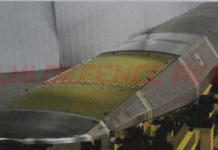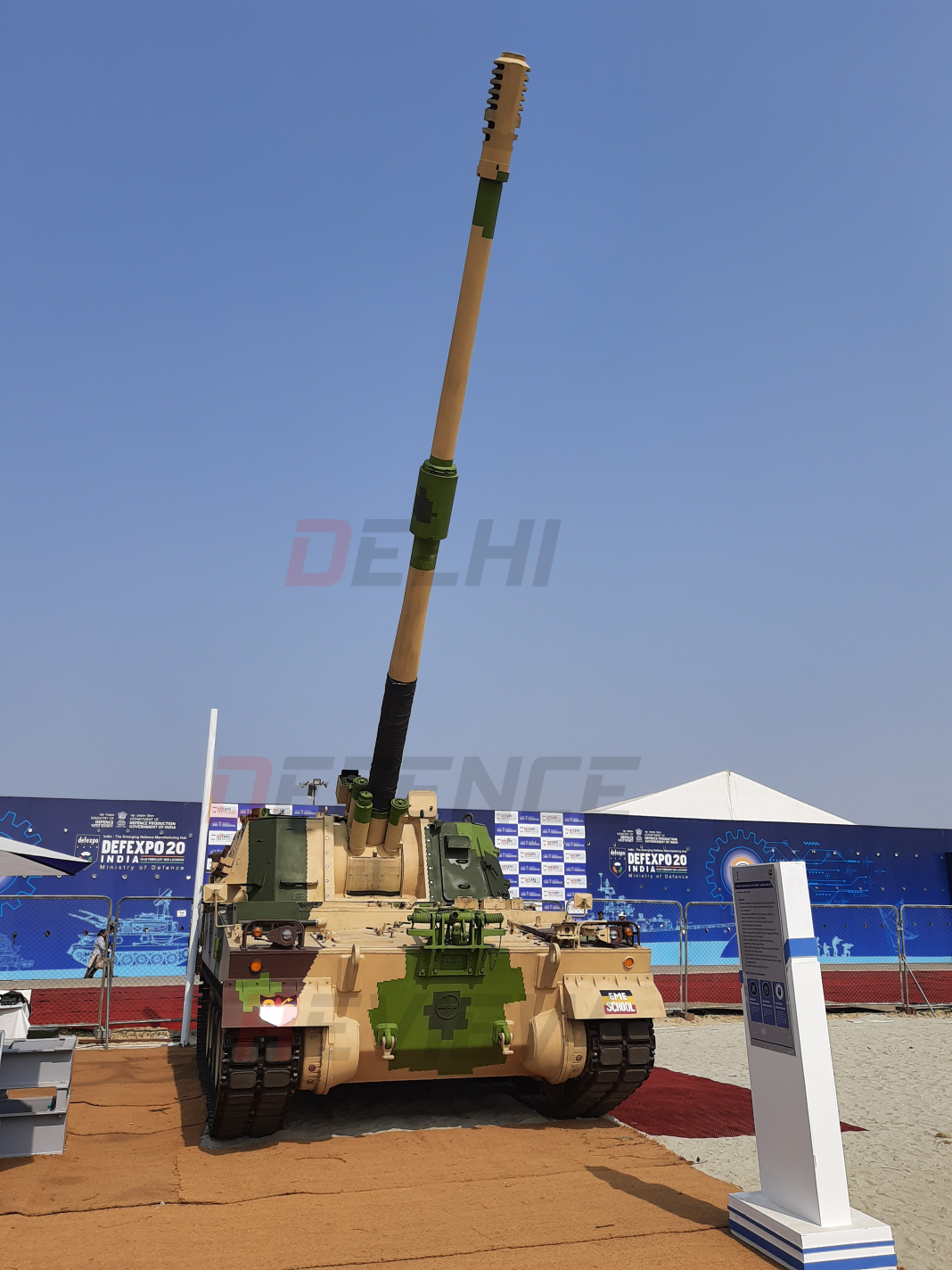.
The K9 Vajra is the Indian Army’s new self-propelled howitzer (SPH) jointly developed by Larsen and Toubro (L&T) and South Korean defence manufacturer Hanwha Defence. In 2015, L&T was shortlisted as the main vendor for the manufacture & supply of 100 K9 Vajra-T tracked artillery guns, with a view recapitalizing the Indian Army Artillery Corp’s SPH regiments.
It was in 2017, that India’s Ministry of Defence (MoD) signed an INR 4,500 crore contract with L&T to procure the K-9 Vajra. The deal included engineering and maintenance support and the necessary transfer of technology from Hanwha Defence. The first 10 guns were assembled in India by September 2019, with the rest to be delivered within the next couple of years. The overall contract is set to be executed within 42 months from the date of contract signature.
Here’s all you need to know about the K9 Vajra-T
- The gun being manufactured for India is called the K9 Vajra-T, where T stands for ‘tank’.
- Globally, it’s called the K9 Thunder, whereas the one built for India is called the K9 Vajra, and has been optimized for desert operation.
- It is manufactured at the Armoured Systems Complex, a 40-acre industrial unit inside L&T’s Hazira Manufacturing Complex in Gujarat.
- The facility is also expected to manufacture and integrate armoured systems like tanks, armored personnel carriers and other types of main and secondary armoured vehicles.
- The gun features up to 75% indigenous content and weighs 50 tonnes
- The 100-gun production run has been set a 42-month deadline
- The Vajra-T project has created 5,000 direct and 12,500 indirect jobs
- The 100-gun production run is well-underway, with the 51st one being delivered in January 2019.
- The pilot version of the K9 was designed in 1989 in South Korea by the Agency for Defence Development
- The per unit cost of the K9 is INR 26 crores, while the Vajra-T costs almost INR 45 crores per gun.
- Under fire, the K9 can fire a shell every 90 seconds, as experienced by the South Korean forces in the 2010 exchange of fire at Yeonpeong.
- The air-conditioning units, auxiliary power units, running gear, hydraulics, structural assemblies, ammunition handling equipment and 14 other key sub-systems have been developed in India by L&T.
- Over 1,000 different versions of the K9 are in active service across the world.
- In the testing phase, it was run for over 12,000 kms in Turkey, Spain and Malaysia.
- Major operators include Estonia, Turkey (T-155 Firtina), Finland (K9FIN Moukari), Norway (K9 Vidar), Poland (AHS Krab), and of course, South Korea.
- It’s a self-propelled artillery system, meaning that it doesn’t need to be towed behind an artillery truck like the Bofors 155mm cannon or the M777 howitzer.
- The guns are being supplied as part of a joint venture between Larsen and Toubro and Samsung Tecwin.
- The K9 Vajra-T uses a shell with a diameter of 155mm, or 52 calibers, and any NATO round of this size can be used aboard the Vajra-T.
- 155mm/52 caliber means that the gun can fire a 155mm round in a cannon with a barrel length of 155 x 52 mm, which equals to 8060mm.
- Incidentally, it can also fire the Excalibur round, which is a smart shell used in the M777 Ultra-Light Howitzer.
- When the system is moved to another position, it can attain attack posture within a minute.
- A burst rate of fire of 3(three) rounds can be achieved in 15 seconds, with a maximum rate of fire of from 6(six) to 8(eight) rounds a minute for three minutes.
- Sustained rate of fire is from 2(two) to 3(three) rounds a minute for one hour.
- A thermal warning device is fitted as standard and this feeds the temperature of the barrel to the digital fire control system.
- The K9 uses a digital fire control system, by which it can fire multiple rounds that can impact a given area at the same time (this mode of operation is called Multiple Round Simultaneous Impact, or MRSI).
- The gun traverse is +70 degrees to -2.5 degrees with 360-degree rotation because it also has a hydraulically-powered turret.
- Night-vision is offered as standard in all variants of the K9.
- Dimensions are – 12 meters length, 3.4 meters width, 2.73 meters height
- The K9 is crewed by five; a commander, a driver, a gunner and two loaders (this should be the same for the Vajra-T, since the dimensions are the same)
- The Vajra-T has all-welded steel armour upto 19mm thick, and this is capable of withstanding 14.5mm armour-piercing rounds.
- It can also withstand 152mm artillery shell fragments and anti-personnel mines.
- Along with the 155mm L52-series main gun, the gun platform is equipped with a 12.7mm machine gun with 500 rounds of ammunition.
- The K9 has stowage for 48 155mm projectiles.
- The maximum firing range is 40km.
- Mobility is provided via a 1,000-horsepower engine.
- The K9 engine is an eight-cylinder water-cooled diesel unit built by MTU Friedrichshafen.
- The power-to-weight ratio is 21 hp per ton, operational range is 480 km and speed is 67 kmph.
- The K9 can tackle a vertical obstacle 0.75m high, traverse a 2.8-meter trench and ford a 1.8-meter deep channel.
- It has a hydro pneumatic suspension system that allows it to drive over a 30% side slope, a 60% gradient and turn in 360-degrees using brake-torqueing, like a main battle tank.
- The Vajra-T can operate in a CBRN environment (an area where chemical, biological or nuclear weapons have been used)
Adreesh Ghoshal is an automobile engineer with a deep interest in defence technology. He lives in Mumbai.
© Delhi Defence Review. Reproducing this content in full without permission is prohibited.
































